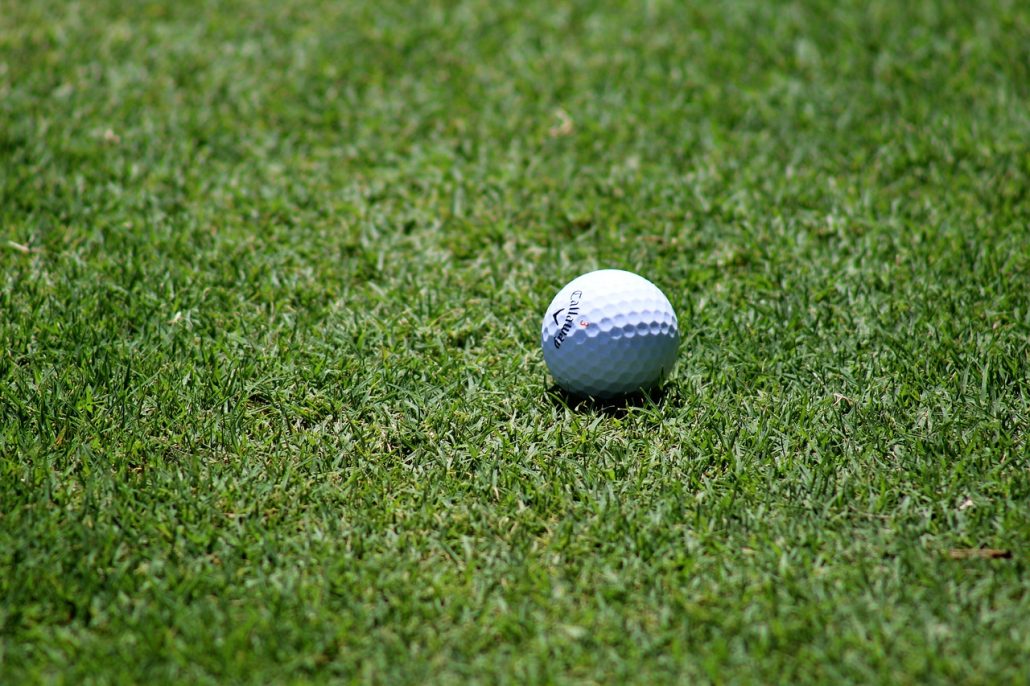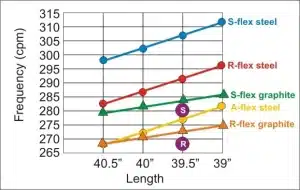Understanding golf shaft torque is key to unlocking better performance on the course. Torque refers to the amount a golf shaft twists during a swing, directly affecting ball flight, control, and feel. Whether you’re a beginner refining your swing or a seasoned golfer aiming for precision, selecting the right shaft torque can make a world of difference.
In this ultimate guide, we’ll break down everything you need to know about golf shaft torque, including how it impacts your game, the factors influencing torque, and tips to choose the best shaft for your unique playing style. By the end, you’ll have the knowledge to elevate your performance and make informed decisions about your gear. Let’s dive in!
Understanding Golf Shaft Torque
In the realm of golf equipment, torque refers to the measure of how much a golf shaft twists during a swing. Measured in degrees, this figure represents the extent to which the shaft can rotate along its axis. The flexibility or rigidity of a shaft’s torque directly influences your shot’s accuracy and trajectory.
What is Torque?
Torque is essentially the shaft’s resistance to twisting forces. When you swing your golf club, the shaft experiences different forces that can cause it to twist. This twisting affects the way the clubface strikes the ball and can impact the ball’s flight direction and spin. A lower torque value suggests a stiffer shaft with minimal twisting, while a higher torque value indicates more flexibility and greater twisting.
The Science Behind Shaft Torque
The process through which torque impacts your shots is heavily rooted in physics. When you apply force through your swing, the shaft’s torque allows it to twist to a certain degree. This torsion aligns with the release of stored energy, determining the clubface angle at impact. In this way, torque determines the shot’s trajectory, affecting both distance and accuracy.
How Shaft Torque Affects Your Game
The importance of torque cannot be overstated in the context of your golf game. It encompasses several aspects, including ball flight, shot accuracy, and overall swing mechanics.
Shot Accuracy
The torque of a shaft plays a pivotal role in maintaining the clubhead’s stability upon impact. High torque shafts allow for more twisting, which can lead to more inconsistent shots and inaccuracies if not handled properly. On the other hand, a low torque shaft maintains a more stable face through impact, promoting better consistency.
Ball Flight Characteristics
The degree of torque influences how the ball travels through the air. Higher torque shafts often produce higher ball flights due to the additional twisting and resulting loft at impact. Conversely, low torque shafts typically keep the ball flight lower, offering better control over the distance and spin.
Influencing Factors
Several factors influence the choice of torque, and understanding these will help you choose the right shaft for your game.
Swing Speed
Your swing speed is a major determinant in selecting the appropriate torque. Players with higher swing speeds generally benefit from shafts with lower torque, as they help deliver more control and precision. Meanwhile, players with slower swing speeds might opt for higher torque shafts to leverage added flexibility, aiding in generating sufficient power and lift.
Player Skill Level
Beginners and mid-level players often favor higher torque shafts since these can be more forgiving. The flexibility can assist in compensating for minor errors during the swing. Advanced players, however, might lean towards low torque shafts, enabling greater shot-shaping capabilities and precision.
Personal Swing Characteristics
Personal tendencies in swing style also impact the effectiveness of torque. Players with smooth, rhythmic swings might benefit more from lower torque, while those with an aggressive swing style might appreciate the flexibility of higher torque shafts.

Choosing the Right Torque for Your Game
Selecting the appropriate shaft torque involves careful consideration of your swing characteristics and desired performance outcomes.
Assessing Your Swing
Before deciding on a torque, accurately evaluate your own swing. Consider factors such as your typical swing speed, tempo, and any common shot shapes. Gathering data using launch monitors or consulting a professional fitter can provide you with essential insights into these swing elements.
Testing and Fitting
Testing different shafts during a fitting session allows you to experience firsthand how varying torques affect your performance. Take note of changes in shot dispersion and feel. Pay close attention to how each shaft influences your consistency and control, adapting to one that complements your preferences.
Manufacturer Offerings
Manufacturers offer a variety of shaft options, catering to different torque preferences. Familiarize yourself with their naming conventions and specifications, often a guide to understanding the torque level associated with each shaft.
| Manufacturer | Low Torque Shafts | High Torque Shafts |
|---|---|---|
| Brand A | Model A1 | Model H1 |
| Brand B | Model A2 | Model H2 |
| Brand C | Model A3 | Model H3 |
Myths and Misconceptions
Despite its crucial role, various myths and misconceptions surround golf shaft torque. It’s essential to separate fact from fiction to make informed decisions.
“Higher Torque Means Better Distance”
One common misconception is that higher torque unequivocally translates to greater distance. While higher torque can aid in generating additional lift, it may also lead to decreased accuracy, particularly for players with high swing speeds. Achieving an optimal balance between distance and control remains key.
“Torque is Irrelevant for Beginners”
Some might argue that beginners need not concern themselves with torque. Yet, starting with the correct torque shafts can significantly aid in the learning process, providing a more enjoyable and forgiving introduction to the complexities of the game.
“All Low Torque Shafts Are the Same”
Assuming all low torque shafts perform identically is misleading. Variations in construction materials, manufacturing processes, and specific design features mean that two low torque shafts can differ considerably in feel and performance.

Conclusion
Understanding golf shaft torque is integral to optimizing your game. Its profound impact on accuracy, ball flight, and overall swing mechanics predicate careful consideration of factors like swing speed and individual playing style. Through rigorous testing and fitting, combined with myth-busting awareness, you can select the optimal torque for your needs, ultimately contributing to a more refined and enjoyable golfing experience. As you comprehend the nuances of torque, you empower yourself with the insights necessary to make nuanced decisions about your equipment, laying the foundation for enhanced performance on the course.





